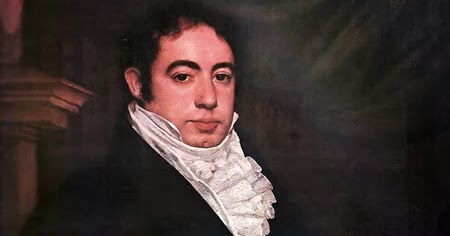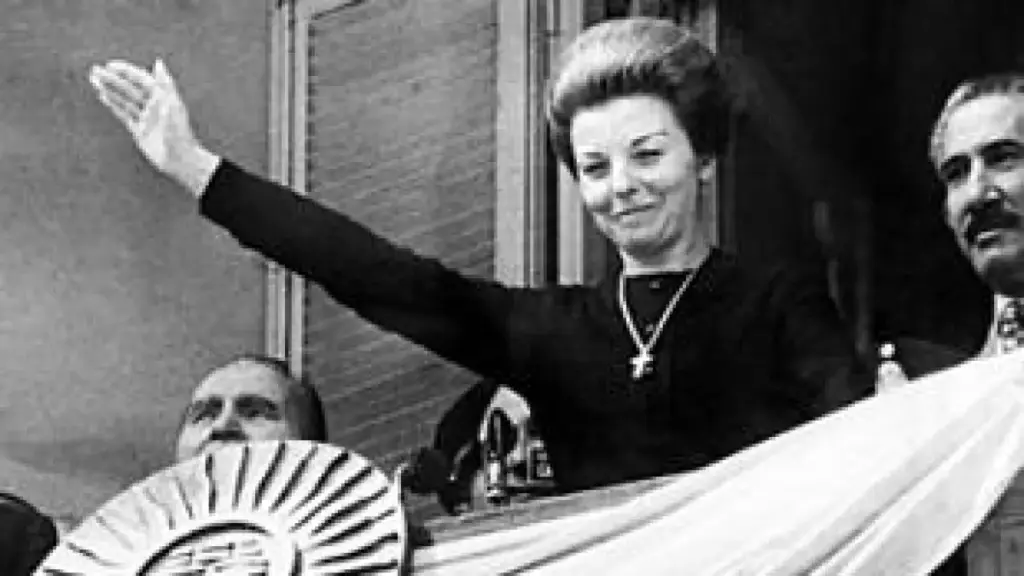Here is a comprehensive list of people who have held the position of President of Argentina from 1862 to the present day:
Table of Contents:
| President | Term In The Office | Political Party |
|---|---|---|
| Bartolomé Mitre | 1862–1868 | Liberal Nacionalist |
| Domingo Faustino Sarmiento | 1868–1874 | Liberal |
| Nicolás Avellaneda | 1874–1880 | National PAN |
| Julio Argentino Roca | 1880–1886 | PAN |
| Miguel Ángel Juárez Celman | 1886–1890 | PAN |
| Carlos Pellegrini | 1890–1892 | PAN |
| Luis Sáenz Peña | 1892–1895 | PAN |
| José Evaristo Uriburu | 1895–1898 | PAN |
| Julio Argentino Roca | 1898–1904 | PAN |
| Manuel Quintana | 1904–1906 | PAN |
| José Figueroa Alcorta | 1906–1910 | PAN |
| Roque Sáenz Peña | 1910–1914 | PAN |
| Victorino de la Plaza | 1914–1916 | PAN |
| Hipólito Yrigoyen | 1916–1922 | UCR |
| Marcelo Torcuato de Alvear | 1922–1928 | UCR |
| Hipólito Yrigoyen | 1928–1930 | UCR |
| Enrique Martínez | 1930 | UCR |
| José Félix Uriburu | 1930–1932 | Military |
| Agustín Pedro Justo | 1932–1938 | UCR (Concordancia) |
| Roberto Marcelino Ortiz | 1938–1942 | UCR-A (Concordancia) |
| Ramón Castillo | 1940–1942 | PDN (Concordancia) |
| Arturo Rawson | 1943 | Military |
| Pedro Pablo Ramírez | 1943–1944 | Military |
| Edelmiro Julián Farrell | 1944–1946 | Military |
| Juan Perón | 1946–1955 | Labour (UCR-JR) |
| Eduardo Lonardi | 1955 | Military |
| Pedro Eugenio Aramburu | 1955–1958 | Military |
| Arturo Frondizi | 1958–1962 | UCRI |
| José María Guido | 1962–1963 | UCRI |
| Arturo Umberto Illia | 1963–1966 | UCRP |
|
| Juan Carlos Onganía | 1966–1970 | Military |
| Roberto Marcelo Levingston | 1970–1971 | Military |
| Alejandro Agustín Lanusse | 1971–1973 | Military |
| Héctor José Cámpora | 1973 | PJ (FREJULI) |
| Raúl Alberto Lastiri | 1973 | PJ (FREJULI) |
| Juan Perón | 1973–1974 | PJ (FREJULI) |
| Isabel Perón | 1974–1976 | PJ (FREJULI) |
| Jorge Rafael Videla | 1976–1981 | Military |
| Roberto Eduardo Viola | 1981 | Military |
| Leopoldo Galtieri | 1981–1982 | Military |
| Reynaldo Bignone | 1982–1983 | Military |
| Raúl Alfonsín | 1983–1989 | UCR |
| Carlos Menem | 1989–1999 | PJ (FREJUPO) |
| Fernando de la Rúa | 1999–2001 | UCR (Alianza) |
| Ramón Puerta | 2001 | PJ |
| Adolfo Rodríguez Saá | 2001 | PJ |
| Eduardo Duhalde | 2002–2003 | PJ |
| Néstor Kirchner | 2003–2007 | PJ (FPV) |
| Cristina Fernández de Kirchner | 2007–2015 | PJ (FPV) |
| Mauricio Macri | 2015–2019 | PRO (Cambiemos) |
| Alberto Fernández | 2019–2023 | PJ |
| Javier Milei | 2023–present | La Libertad Avanza |
Who Was the First President of Argentina?

Determining Argentina’s first president can be somewhat complex due to the nation’s early political structure.
Bernardino Rivadavia is frequently considered the first president because he led the United Provinces of the Rio de la Plata from 1826 to 1827. However, Argentina had not yet solidified as a unified nation at that time.
Rivadavia sought to establish a strong central government and implement significant reforms, but opposition from provincial leaders forced him to resign. The country’s political landscape was marked by disputes between federalists and unitarians.
The first president of a truly unified Argentina was Bartolomé Mitre, who served from 1862 to 1868. Following the Battle of Pavón in 1861, he played a crucial role in consolidating national unity and establishing a stable government.
Who Was Argentina’s First Female President?

Argentina made history by electing Isabel Perón as its first female president. She held office from 1974 to 1976, following the death of her husband, President Juan Perón.
Born as María Estela Martínez Cartas in 1931, Isabel married Juan Perón in 1961. When Juan Perón regained the presidency in 1973, Isabel served as both vice president and first lady.
She officially became Argentina’s leader on July 1, 1974, upon Juan Perón’s passing, marking the first time a woman had held the nation’s highest office.
Isabel Perón’s presidency faced immense challenges, including economic instability, labor unrest, and increasing violence from extremist groups. She struggled to maintain control, and in 1976, a military coup removed her from power.
Despite her turbulent term, Isabel Perón’s leadership paved the way for future female politicians in Argentina, including Cristina Fernández de Kirchner, who later became president.

